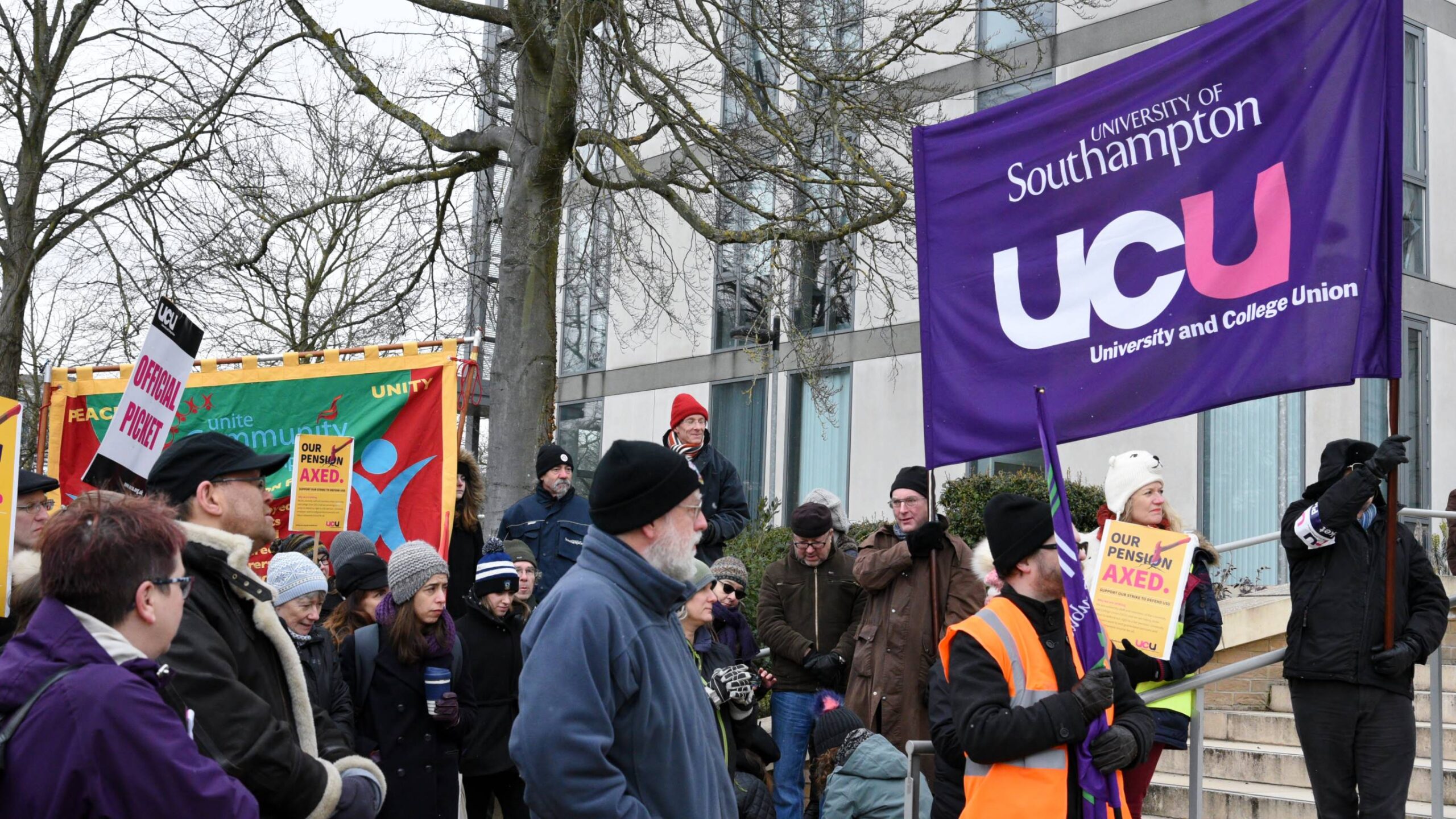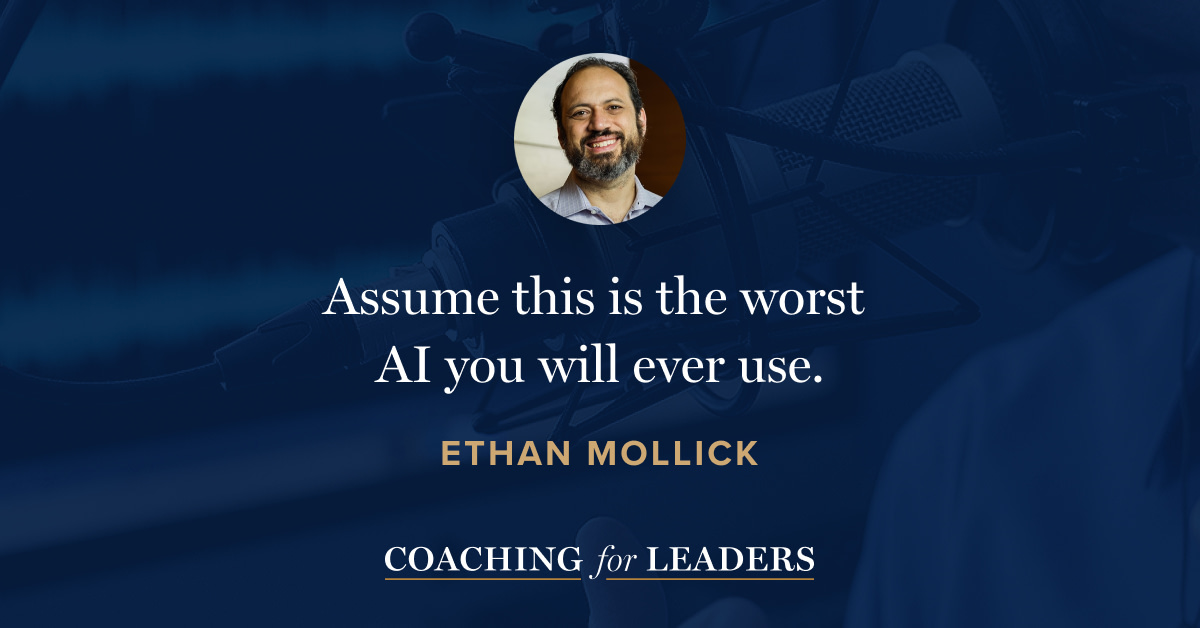Have you attended a research seminar that managed to deepen faculty members’ understanding of the topic, while also encouraging trainees new to the field to engage with the speaker? When you hosted your last career panel, were you able to intentionally moderate conversations with professionals from different fields while also allowing serendipitous tangents inspired by audience questions?
Higher education is filled with gatherings intended to engage various audiences and deepen understanding of diverse topics. Hosting and facilitating these gatherings (be they large-scale conferences, interactive workshop discussions or weekly team meetings with office staff) is no easy feat and rarely comes with a guidebook.
Priya Parker’s The Art of Gathering (Riverhead, 2018) is that guidebook. Reading it has influenced how I think about organizing and facilitating seminars, events and group meetings for graduate students and postdocs.
Reflecting ahead of time on defining the event’s purpose, inviting with intention, understanding your role as a host and ending well can elevate professional gatherings and make even a simple seminar more meaningful.
Establish the Purpose
An alum is coming to visit your department: The first idea you have is, “They should give a department seminar!” I’ve done this, too, but it’s not the starting point. When picking the type of event to have, don’t conflate its classification with its intention.
Applying the purpose filter to your event planning will help dictate the format to best serve your specific goal. If an occasion requires many goals to be met, consider creating multiple avenues to address these different purposes and audiences. If your intent is too broad, no one will feel like the event is for them.
Maybe an alum visiting is a great chance for graduate students to learn about alternative career paths. With this purpose in mind, a roundtable discussion could be a more effective format. Maybe the alum is a star in the field and the faculty will want to learn about their research. In this case, a seminar would be best. Maybe the alum has made it big in the business world and the department is looking for a new donor. Perhaps a lab or building tour and one-on-one meetings can serve this goal.
Make the Invite Clear
No event can please everyone, and that shouldn’t be the goal. We should not be discriminatory in our invitations, but instead think of protecting those who are attending. In the above example, if the purpose of an alum visiting the department is for career development programming and to expose trainees to unique career paths, the invites and advertising should be consistent with that purpose.
Intentional invitations can start even earlier when contacting guest speakers or panelists. If you’ve decided a department symposium should be focused on allowing trainees to share their research, inviting an alumnus of the department to talk about their current research could enhance this intention. Carefully considering and reaching out to potential guests requires an understanding of the purpose first.
Another element of the invite is physical logistics: the number of people attending, where it is, the setup of the venue. Again, these should be influenced by the goals of the gathering. A roundtable discussion limited to 20 people could be more conducive to trainees learning about the career journey of an alum. In contrast, if the speaker is giving a groundbreaking research talk, a large lecture hall with a high capacity would suit better.
As Parker writes, “Gatherings that please everyone occur, but they rarely thrill. Gatherings that are willing to be alienating—which is different from being alienating—have a better chance to dazzle.” Anyone can see a seminar poster hanging in the hall and decide to come. The content, however, should be clear, and the invite specific enough, so the guests understand whom the seminar is intended for.
Be an Intentional Host
I have been organizing events, outside and inside higher ed, for many years. But only recently have I understood the power and influence that the host can have. For years, I strove to have oversight of all logistics and ensure an airtight planning timeline—but once the event started, I took a hands-off approach so as to not interfere with the guest’s experience. I have come to realize that abdicating host power in an attempt to be easygoing is actually counterproductive.
The host sets the stage, from the first announcement email to when people enter the room. Rules and limitations are necessary and appreciated. Having a generous authority lets people know what to expect early on. This can be achieved by finding the right balance of warmth and order—by developing a method to confidently run a gathering and steer the ship, while selflessly protecting the guest’s connection and experience. The host isn’t controlling the situation but is responsible for creating a container for the experience to expand into.
With seminars and panel discussions, the host is crucial for orchestrating the flow of conversation. If multiple people are on a panel, being clear whom your question is addressed to and directing the order eases the speakers and creates less tension. It may feel uncomfortable having this power, but this is not the time to relinquish it.
When moderating a Q&A or panel discussion, listen carefully to the speakers and be perceptive of the audience and energy flow. Summarizing and synthesizing what was said, transitioning to new topics, and keeping the momentum is tricky when all eyes are on you.
It is vulnerable to be a host, and it’s a responsibility from start to finish.
Finish Strong
People often remember the beginning and end of something (a movie, a speech, an event) the most. Finishing strong means making the event memorable. As a host, you’ve constructed this container for others to learn and connect. You’ve thought of all the logistical details and brought the speakers and audience through a journey. Now it’s time to be mindful about how you end by facilitating looking inward and turning outward.
Looking inward is about asking the guests to reflect on what they’ve learned or experienced. If you’ve been moderating a panel discussion, pose a final question that requires reflection. Ask the speakers to reiterate the one thing they hope everyone takes away from the session. Technology has made it easier to request interaction from the audience. Ask everyone to share one lesson learned, or how they’re feeling now. This can be typed in the chat box for an online event or submitted using programs such as Slido. The goal is to make space for synthesis.
Turning outward involves encouraging everyone to take the experience back out into the world. Ask the audience, “What is one action you plan to do following this?” Or ask the speakers to suggest the next small step someone can take. Help the audience bring what they learned to others outside of the event. Remind everyone what the purpose of the gathering was, what was achieved and where they can go from here.
After an event ends, there are ways to continue the inward and outward response. Follow up thank-you notes and feedback forms can be methods to encourage participants to look inward and offer ideas for the future. Providing any resources or content from the event can help the audience turn outward and use their learnings in the real world.
When you build in time to define a gathering’s purpose, incorporate intentional invitations and pay attention to your influence as a host, you can shape the event from beginning to end and revolutionize how we connect. These are the first steps to take a program or event from routine to meaningful.
What’s one upcoming gathering that you can apply even one of these four principles to?





